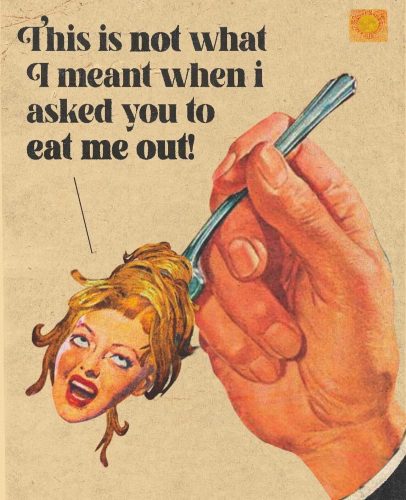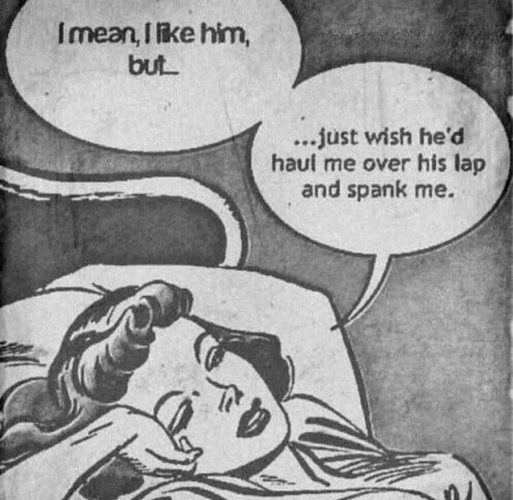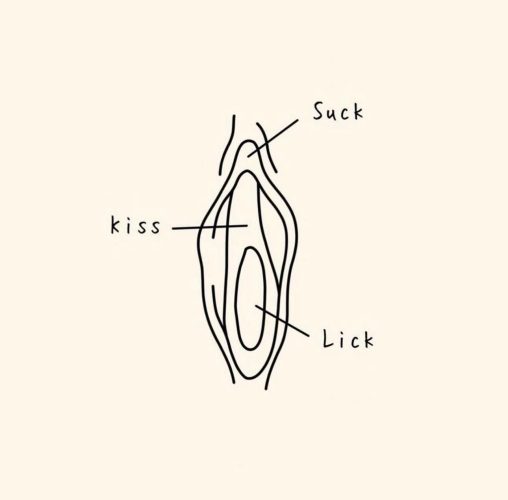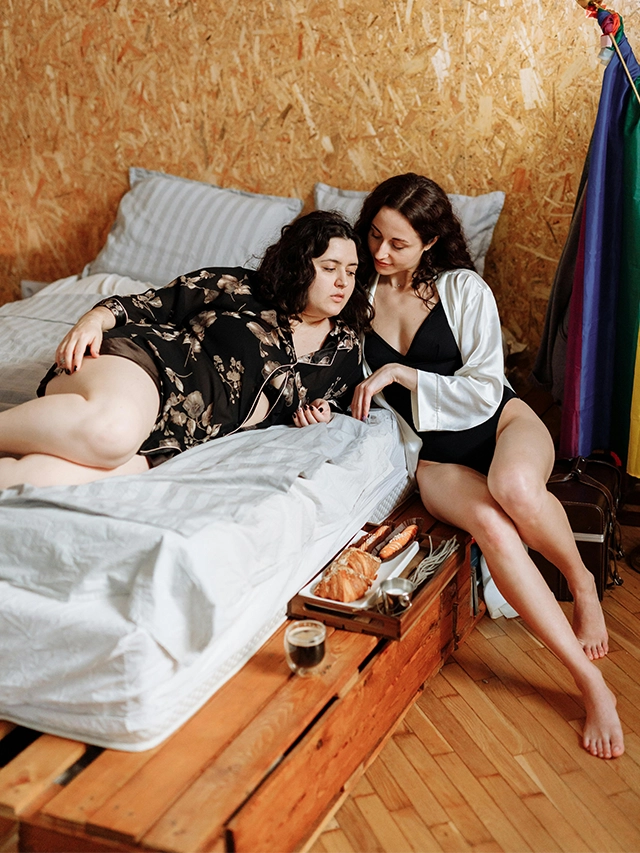Last Updated on February 16, 2025
Let’s get real for a second: why are so many women walking away from the bedroom unsatisfied? Did you know that while 95% of men report regularly orgasming during sex, only 65% of women can say the same? This isn’t just an unfortunate coincidence; it’s called the female orgasm gap, and it’s time we talk about it.
The female orgasm gap isn’t just a statistic—it’s a reflection of deeply ingrained cultural norms, societal double standards, and a lack of understanding about female pleasure. But here’s the good news: we don’t have to accept it. With candid conversations, self-exploration, and a little empowerment, you can rewrite your own story in the bedroom.
What Is the Female Orgasm Gap, Anyway?

The female orgasm gap refers to the disparity in the frequency of orgasms between men and women during sexual encounters. It’s not just about biology; it’s about how society has historically prioritized male pleasure while leaving female pleasure out of the conversation.
Think about it: in movies, TV shows, and even porn, how often do you see a female orgasm portrayed as the focal point of a scene? Rarely. The narrative often centers around male satisfaction, leaving women’s experiences as an afterthought. This cultural conditioning has trickled down into real-life dynamics, where women might feel hesitant to speak up about their desires or believe that their pleasure is secondary.
But let’s make one thing clear: your pleasure matters. It’s not a bonus or an afterthought—it’s essential.
Why Does It Exist?

The female orgasm gap is influenced by several factors, including:
- Cultural Conditioning: For centuries, women’s sexuality has been shrouded in shame or treated as a taboo. This has led to a lack of education and open dialogue about female pleasure.
- Lack of Communication: Many women find it difficult to talk openly with their partners about what they want and need in bed. Without communication, it’s easy for misunderstandings to arise.
- Misunderstanding Female Anatomy: Let’s be real: how many people can accurately identify where the clitoris is or understand its role in female pleasure? (Spoiler: it’s not just there for decoration!)
- Media Representation: Mainstream media often portrays sex as a one-size-fits-all act, with little emphasis on foreplay, experimentation, or what truly works for women.
- Performance Pressure: Women often feel pressured to “perform” rather than truly enjoy the experience, leading to situations where faking it becomes more common than actually achieving satisfaction.
How to Close the Gap
The good news? The female orgasm gap isn’t permanent. Here are some actionable steps you can take to close it and reclaim your power in the bedroom:
1. Know Thyself
Before you can guide someone else, you need to understand your own body. Take time to explore what feels good to you, whether through solo play, experimenting with toys, or even just paying attention to what brings you pleasure outside of the bedroom.
Your pleasure map is unique to you, and there’s no shame in figuring it out. The more you know about what works for you, the easier it will be to communicate that to a partner.
2. Open Up the Conversation

Communication is key to bridging the female orgasm gap. If you’re not talking about your needs, it’s unlikely your partner will magically figure them out. Start the conversation with positivity and encouragement. For example:
- “I love when you do this; let’s try adding X to it.”
- “Can we slow down and focus on foreplay a bit more?”
These conversations don’t have to be awkward or overly serious. In fact, making them playful and light can create a safe space for both of you to open up.
3. Bust the Myths
Let’s debunk a big one: sex isn’t just about penetration. In fact, many women don’t orgasm from penetration alone, and that’s completely normal. Incorporating clitoral stimulation, oral sex, or even just experimenting with different positions can make a huge difference.
Remember, pleasure isn’t one-size-fits-all. What works for one person might not work for another, and that’s okay. The goal is to find what works for you.
4. Embrace Tools and Toys
Normalize using tools and toys in the bedroom. Vibrators, lubricants, and other accessories can enhance pleasure and make the experience more enjoyable for both partners. If introducing toys feels intimidating, frame it as something you’re excited to try together rather than as a replacement for your partner.
There are also apps and online resources dedicated to sexual wellness that can help guide you and your partner toward a more fulfilling experience.
5. Focus on Foreplay

Foreplay isn’t optional—it’s essential. Taking time to build anticipation and connect with your partner can make the main event more satisfying. Don’t rush through it; instead, treat it as an integral part of the experience.
6. Prioritize Your Pleasure
Here’s a radical thought: it’s okay to be selfish. Women are often conditioned to put others’ needs above their own, but when it comes to sex, your satisfaction should be a priority. Speak up, take the lead, and don’t settle for less.
Celebrities Leading the Charge for Sexual Empowerment
Pop culture has a massive influence on how we talk about sex, and some celebrities are helping to normalize conversations about female pleasure:
- Megan Thee Stallion: Megan’s music and persona radiate confidence and sexual empowerment. In her hit song Body, she celebrates self-love and unapologetic desire, showing women everywhere that it’s okay to own their sexuality.
- Lizzo: Lizzo frequently uses her platform to talk about body positivity and sexual confidence. Her Instagram posts and interviews emphasize the importance of loving yourself and embracing pleasure as part of self-care.
- Cardi B: Cardi has openly discussed female pleasure in interviews and songs like WAP, where she breaks down taboos and places women’s satisfaction front and center. The song sparked conversations about women owning their desires without shame.
- Florence Pugh: On social media, Florence has subtly challenged traditional norms by advocating for body autonomy and calling out double standards. While less overtly sexual, her stance on empowerment inspires women to speak up.
- Taylor Swift: While Taylor’s focus is often on emotional intimacy, her Midnights album includes lyrics that subtly reference female empowerment and pleasure. Her evolution into more candid storytelling shows that intimacy goes beyond physical connections.
By using their platforms to discuss or highlight aspects of female sexuality, these celebrities make it easier for others to join the conversation.
Why This Matters

The female orgasm gap isn’t just about sex—it’s about equality, empowerment, and breaking down outdated societal norms. When women prioritize their pleasure, they send a powerful message: our needs and desires are just as important as anyone else’s.
Closing the female orgasm gap is also about fostering deeper intimacy and connection with your partner. When both parties feel satisfied and heard, the relationship as a whole benefits.
Share the Conversation
This is more than just a bedroom topic—it’s a cultural shift. The more we talk about the female orgasm gap, the more we can normalize these conversations and empower women to take control of their pleasure.
So, text this article to your group chat, bring it up over brunch, or share it on social media. Let’s make 2025 the year we close the female orgasm gap for good.
Your pleasure is your power—and it’s time to own it.
Is Watching Porn Cheating? The Ultimate Tea on Secret Screens and Low-Key Betrayal
How to Talk Dirty Without Feeling Awkward: A Beginner’s Guide to Bedroom Confidence
Sex with Best Friend: How to Keep It Casual (or Not)
Sex, Screens, and Loneliness: How Porn and Abstinence is Shaping Gen Z Views on Love and Intimacy 2025
What is the female orgasm gap?
The disparity between the frequency of orgasms experienced by women compared to men during sexual activity.
Why does the female orgasm gap exist?
It’s influenced by factors like lack of clitoral stimulation, societal taboos, sexual education gaps, and unequal focus on pleasure.
What role does education play in closing the orgasm gap?
Comprehensive sexual education fosters awareness about female anatomy and pleasure, empowering individuals to address the issue.





